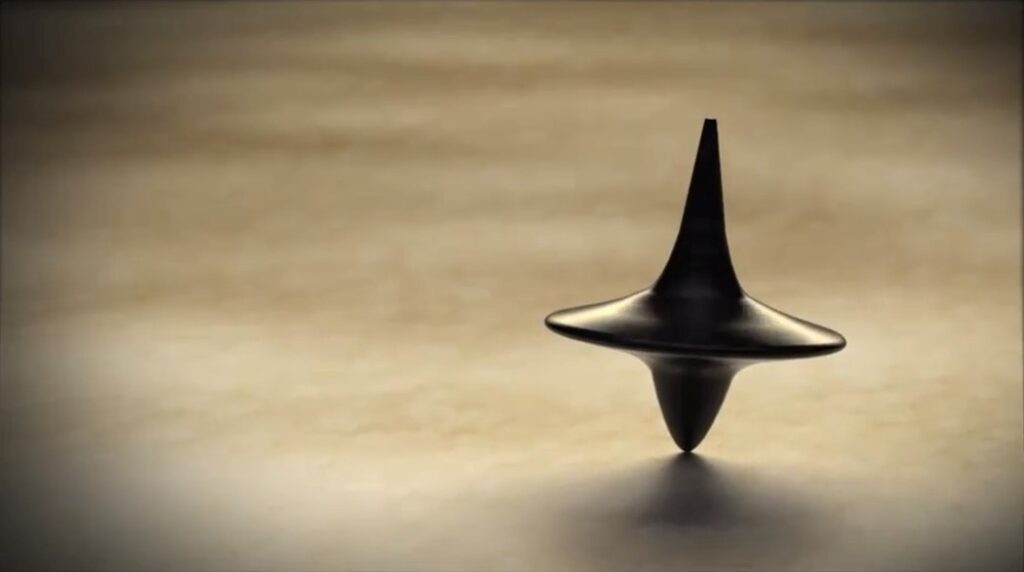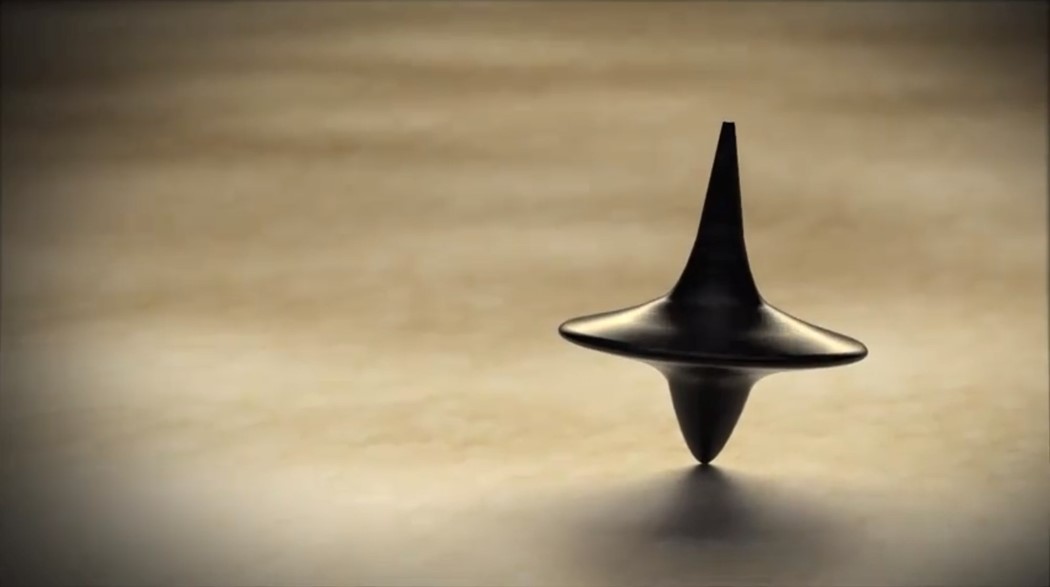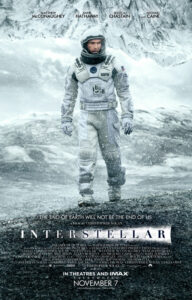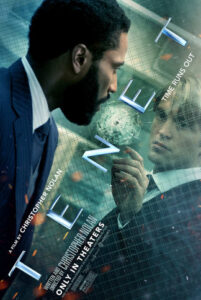
Christopher Nolan, the renowned filmmaker, is a master of mind games. His storytelling heavily involves the use of time, deception, and individual identity. Unconventionally narrated and carefully structured, his movies simplify the themes of epistemology. Intriguing approaches to otherwise bland ideas of philosophies appeal to many cinema-goers, enrapturing them in utter awe.
Moreover, the malleable nature of a human mind allows Nolan to explore concepts that seem impossible even to comprehend. One of the most common themes he implements is the fickle nature of time and its relation to space. Often seen as a vessel to change the sequence of the past, time has many interpretations. He portrays it as an enigma and utilises it intelligently to warp ideas in our minds. He also makes use of alternate realities to contrast the way time flows in different imaginative worlds while creating deception.
The tricky act of deception is broken down and presented in the dramatic masterpiece—The Prestige. A classic story of science fiction, it sheds light on the importance of time in the act of a magician. Influencing the viewers, the three main acts of illusion heavily depend upon the timing of disappearance and reappearance. It is narrated across different periods, continually going back and forth through the various pasts and the present. Christopher Priest, in his novel The Prestige, describes the magician as one who “takes the ordinary something and makes it do something extraordinary.” Nolan, who uses the simplicity of time to amplify it to do the extraordinary, is indeed a magician.
He gets more confident, pushing the boundaries of reality with each film he directs. In Inception, dreams are depicted as an alternate physical reality. Nolan has carefully crafted every minor detail of this non-linear world (he even wrote a book for context!). He gives an idea, or a thought, the physical property of being something you can steal or plant. Dreams are constructed and modified by an ‘architect’. A whole new world is created in the mind of the protagonists in which time very literally comes to a standstill. An afternoon nap could be 50 years in dream time, as is the case with Dom (Leonardo DiCaprio) and his wife, Mal. The subtlety in the transition from dreams to reality and vice-versa makes for a gripping movie which leaves you scratching your head by the end of it. The construction of these elaborate little worlds highlights Nolan’s otherworldly imagination and his penchant for the extraordinary.
In 2014, Nolan released Interstellar—giving life to the scientific theories of physicist Kip Thorne. The film explores the concept of time travel but not in the traditional “Back to the Future” way. It portrays time and gravity as the fourth and fifth dimension, respectively. Time transcends the three dimensions of space while gravity transcends space and time. The Tesseract— three-dimensional representation of five-dimensional space—allows Cooper (Matthew McConaughey) to communicate with Murphy Cooper in various periods, presenting time itself as a physical dimension rather than linear. Everything is linked by the strings of time, which Cooper can manipulate. Every push of a book from him is communicated to the appropriate time period with gravity. When he touches the “strings” of the watch he gave to his daughter, he can cause its hand to twitch from that moment to the rest of its existence in time.
Christopher Nolan undoubtedly has one of the most impressive and diverse filmographies in cinematic history. As we can see from his films—Nolan is not afraid to experiment, to think outside the box, or take big chances on what Hollywood would consider risky content. But he’s certainly not the first of his kind. He’s been on record saying that he’s heavily influenced by the work of Stanley Kubrick in 2001: A Space Odyssey and George Lucas’ Star Wars: Episode 4 among many others. He said that Star Wars “changed his life” and gave him “a sense of the idea that movies can create a set of worlds, a whole other universe that you can get lost in.”
There is a rich history of movies that revolve around the genre. Quite a few of them utilise the concept of time and alternate realities as a vehicle for their plot. Robert Zemeckis’ Back to the Future trilogy—which is based upon this concept— is regarded by some pop cultures fanatics as the greatest movie ever made. It revolves around the theory of time travel and highlights the detrimental effects of meddling with the past. It was revolutionary for the genre and set the standard for movies based on time travel. James Cameron’s Terminator and Terminator 2: Judgement Day utilised a similar concept with great success.
The third instalment of the Harry Potter franchise— The Prisoner of Azkaban— offers a unique perspective on time travel with the use of Hermione Granger’s (Emma Watson) time turner. It gives them the ability to go back to certain points of time in which they already exist. It is not possible to change anything that has already happened, but this ability to go back in time is deployed to alter events that are yet to happen. It may be interpreted as a finite time loop, following a “single time-line” theory of time travel.
On a similar vein, fan favourite—Edge of Tomorrow— deals with time loops, where one day can be traversed multiple times, exploring different possibilities each time. Major William Cage (Tom Cruise) is given the ability to reset time when he falls prey to the extra-terrestrial beings that have invaded Earth. The days are repeated multiple times, with the memory retained from each loop. Tom Cruises uses this tool efficiently as a die to play and win the game of war initiated by the “Mimics”.
Unlike the movies mentioned above, The Matrix trilogy utilises the concept of a virtual version of reality. It is based on the idea that life as we know it is a computer simulation and that nothing is real. Even though it doesn’t explore the theory of time, it delves into the idea of an alternate reality which is quite prevalent in Nolan’s work.
While all of these films are uniquely remarkable, the way Christopher Nolan manages to distinguish himself from his competition is commendable. With his boundless creativity, nothing is impossible in his mind. His versatility as a filmmaker and his ability to establish depth in his work put him in a league of his own.
Like Stanley Kubrick, he isn’t even afraid to hop genres. Dunkirk was a far cry from any of his previous work. However, with the limited creative license he had, he created one of the finest war movies ever made. He doesn’t follow a template or any preconceived notion of how a movie should be. Inspired from within, he creates his own little worlds for each of his films. In his words—“There has to be a sense of reality in the film. If you don’t have rules, then what I’m doing would be formless. I feel better with consistent rules. But you try not to be pedantic about it.”
Christopher Nolan’s 11th major theatrical release—Tenet—is set to hit the cinemas this month. The latest addition to his stellar line of mind-bending sci-fi thrillers, it explores the concept of ‘time inversion’. It took Nolan more than five years to write the screenplay after deliberating its central ideas for over a decade. The movie stars John David Washington, Robert Pattinson, Elizabeth Debicki, Clemence Poésy and Dimple Kapadia as well as Nolan veterans Michael Caine and Kenneth Branagh.
As is typical of Nolan, he does not give away much about the movie before its much-anticipated release. However, he gives us enough—a glimpse of a spy movie which revolves around Washington’s character and his attempt to prevent the seemingly inevitable World War III. The trailers give us an incredible insight into how Nolan portrays time inversion. Simply put, in the words of Poésy’s character, “You’re not shooting a bullet, you’re catching it.” As confirmed by the interaction between Washington’s and Pattinson’s characters in the final trailer, this is not the same as time travel.
What is even more astounding is that most of the stunts are entirely authentic. There was no use of visual effects or CGI, including the scenes in reverse that were shot twice— once moving forward and once with the actor doing everything backward.
Similar to Interstellar, Nolan portrays time as a physical reality. The main characters experience time in reverse, where the future occurs before the past. They appear to be moving backwards in time while affecting those who are moving forwards. This, however, doesn’t happen throughout the movie, and we still don’t know how this idea is introduced in the story. Therefore, it is unclear how these characters will “reverse the flow of time.”
Nolan manipulates the conceptualisation of time to create simultaneously inverted yet linear realities. The complexity of implementing ‘time inversion’ would seem impossible for any filmmaker not named “Christopher Nolan”. That is what makes Tenet so highly anticipated. Nolan’s ability to take a genre and make it his own has been lauded since his very first film. Tenet, however, is geared up to be the first of its kind.
~Written by Daniel Fernandes and Archana S for MTTN
~Edited by Tulika Somani for MTTN
~Featured Image from Dazed Digital



Leave a Reply
You must be logged in to post a comment.